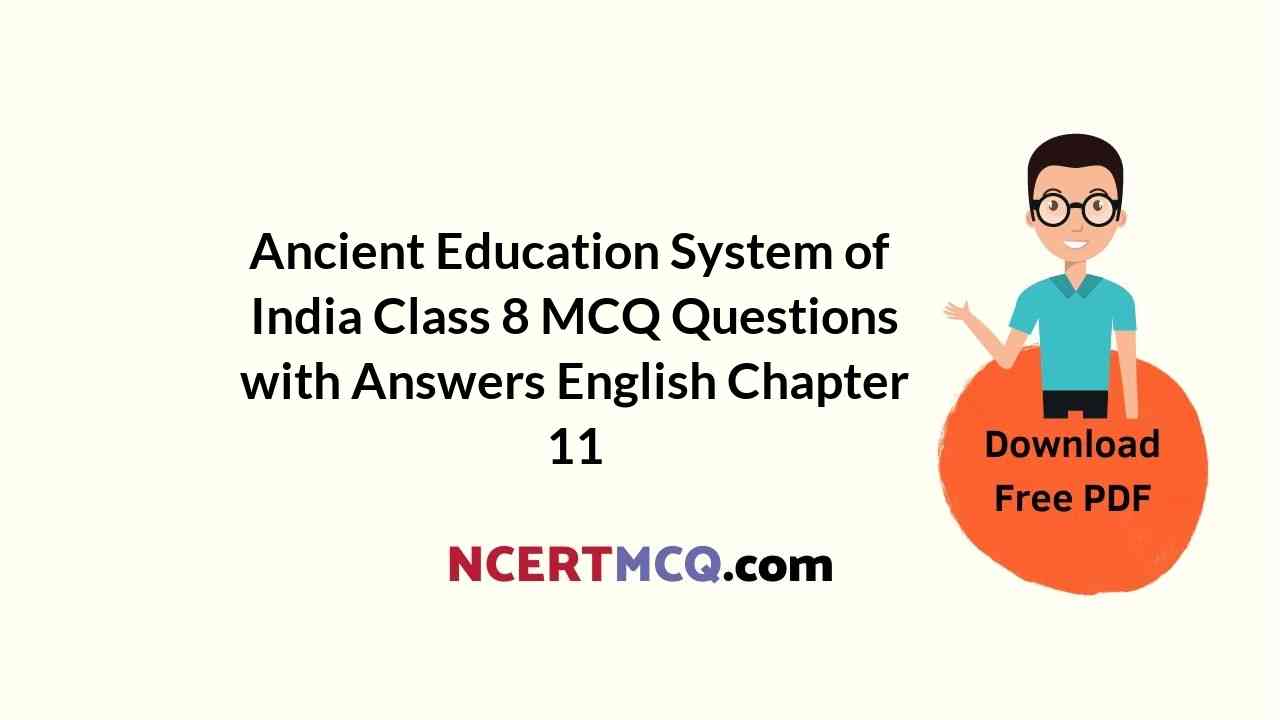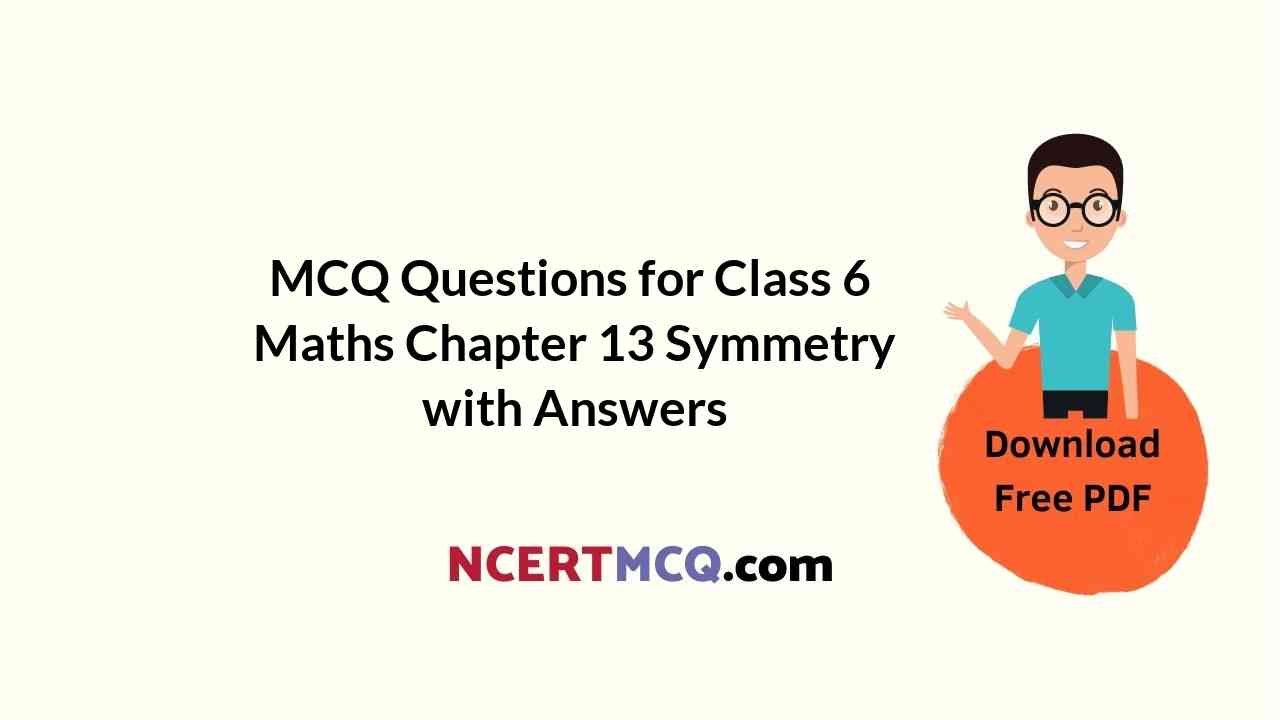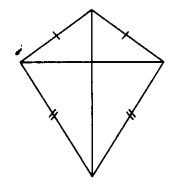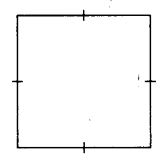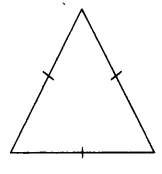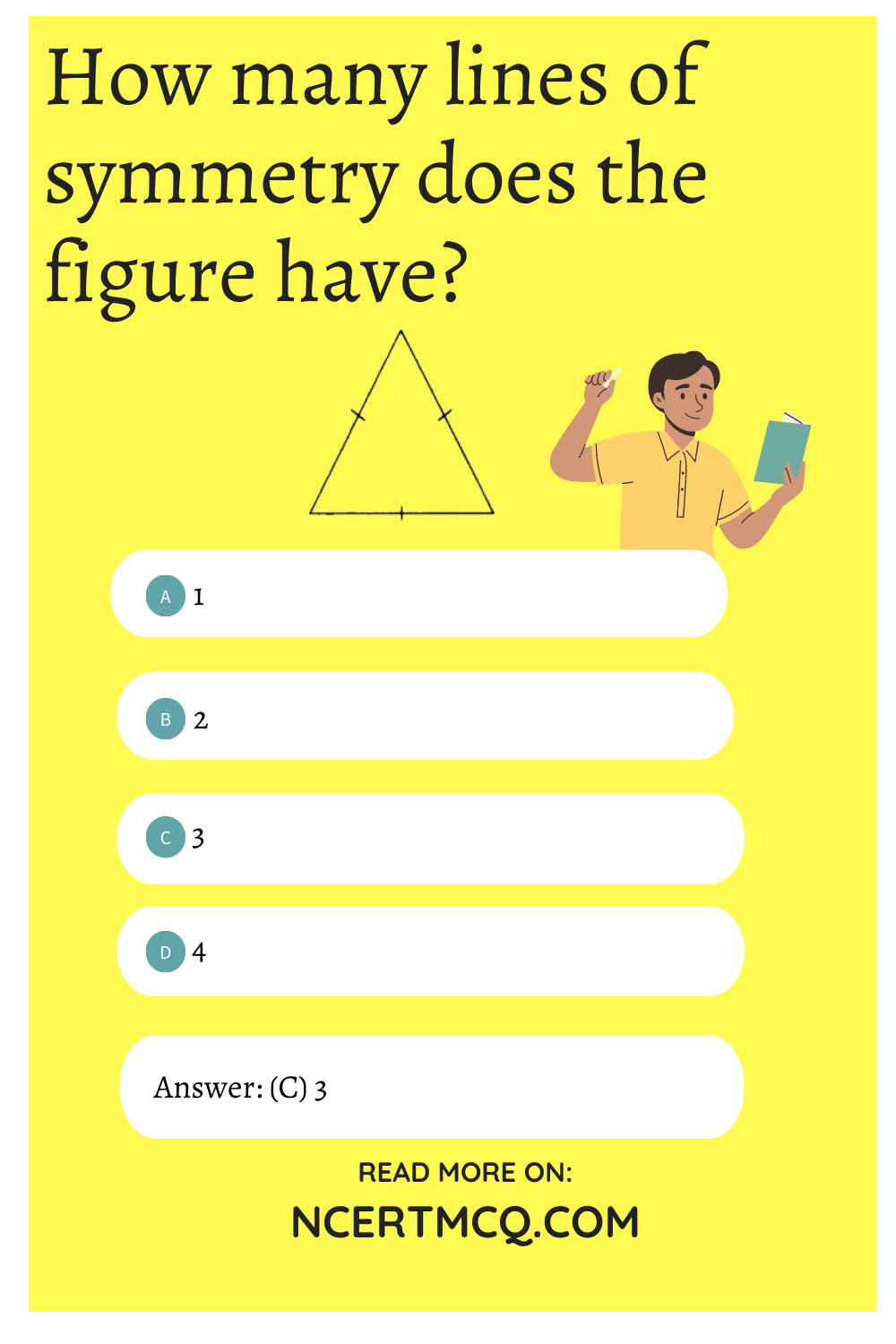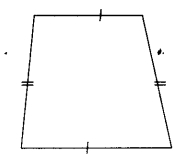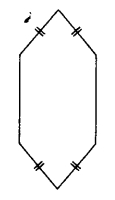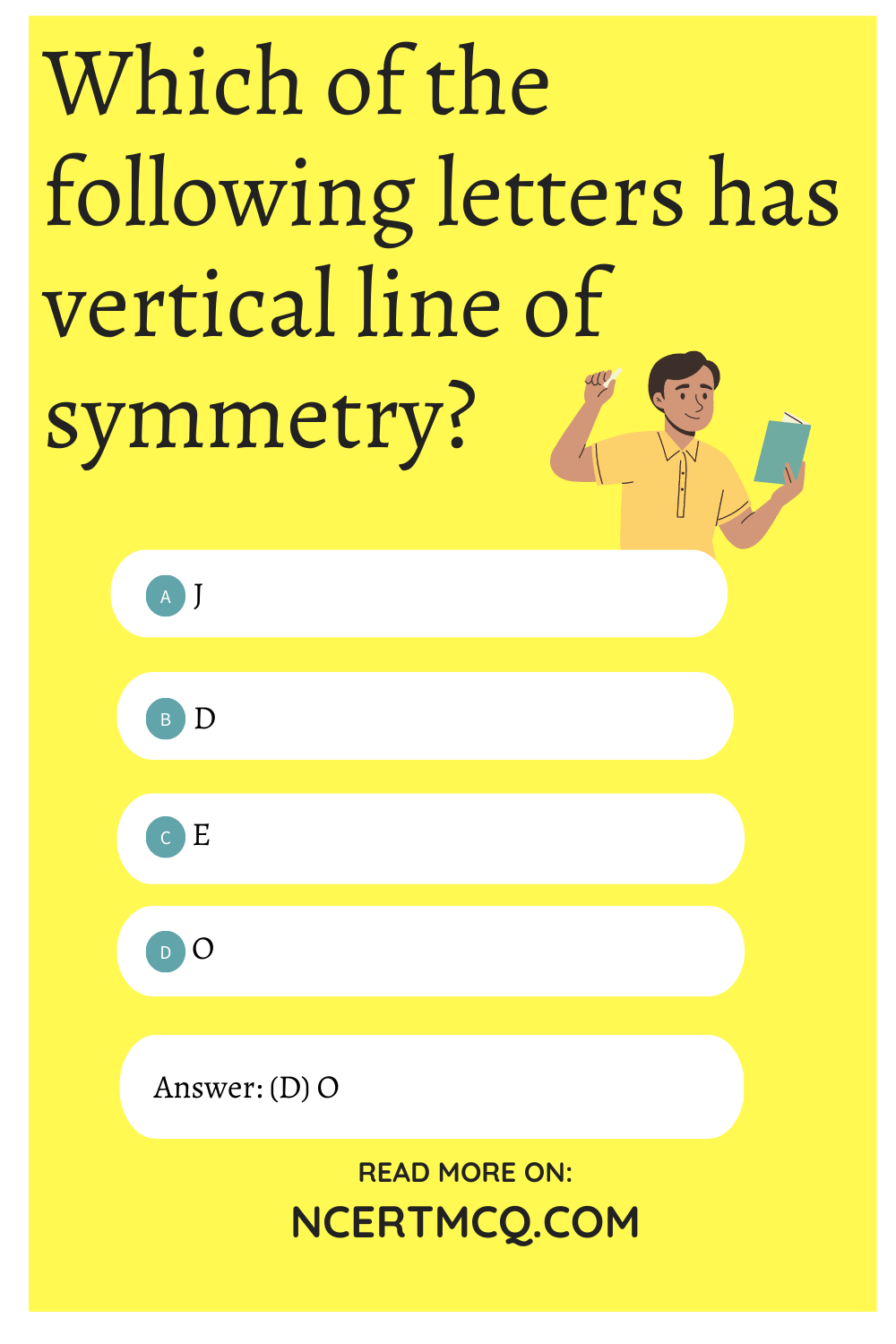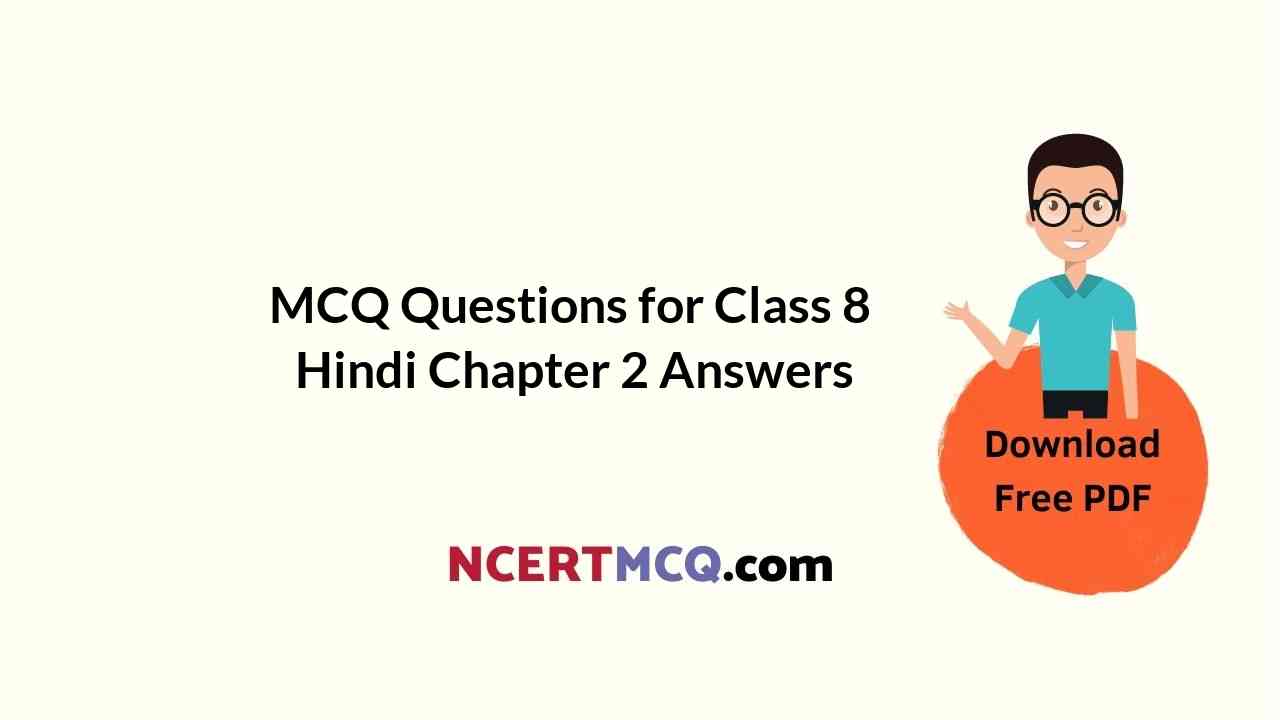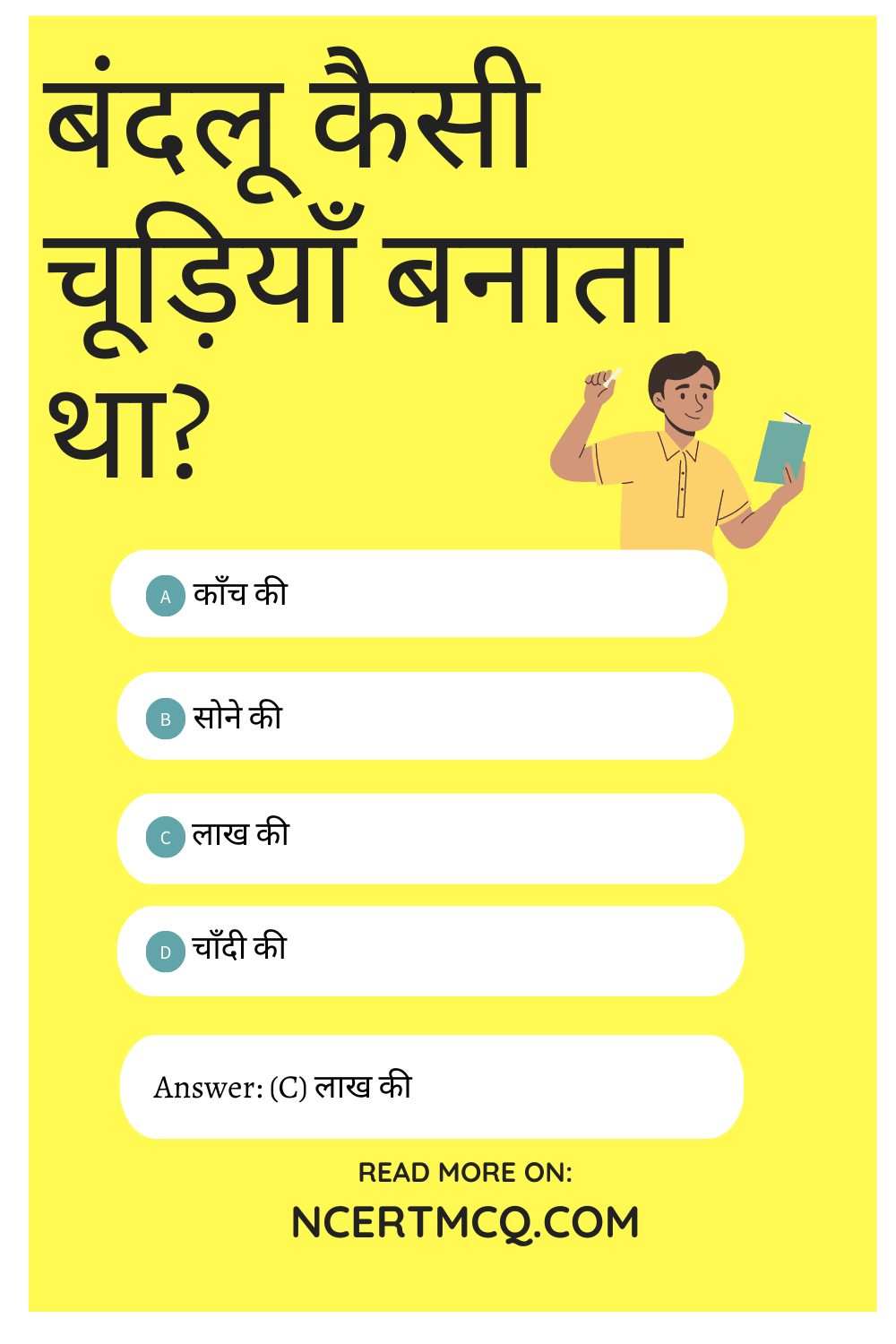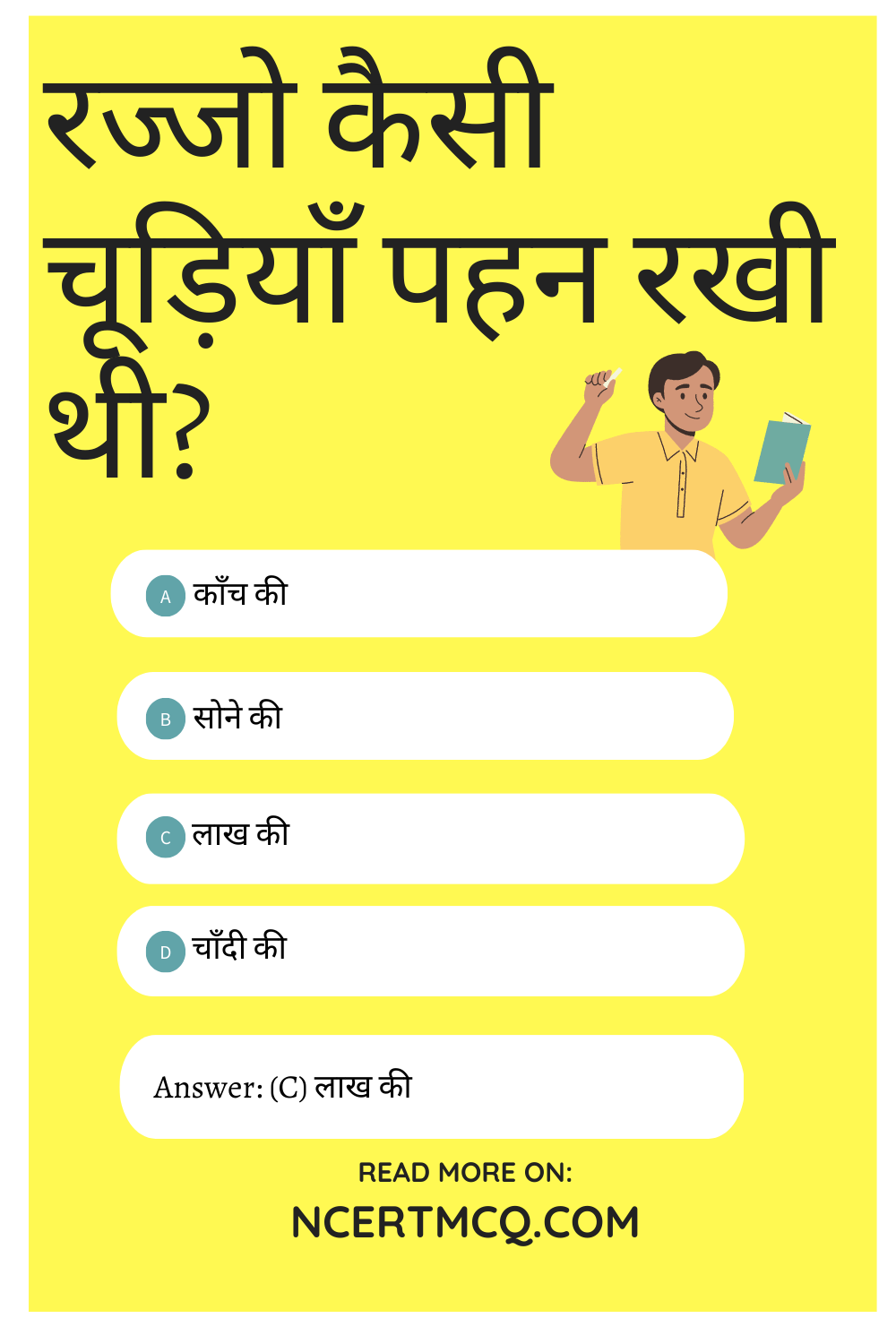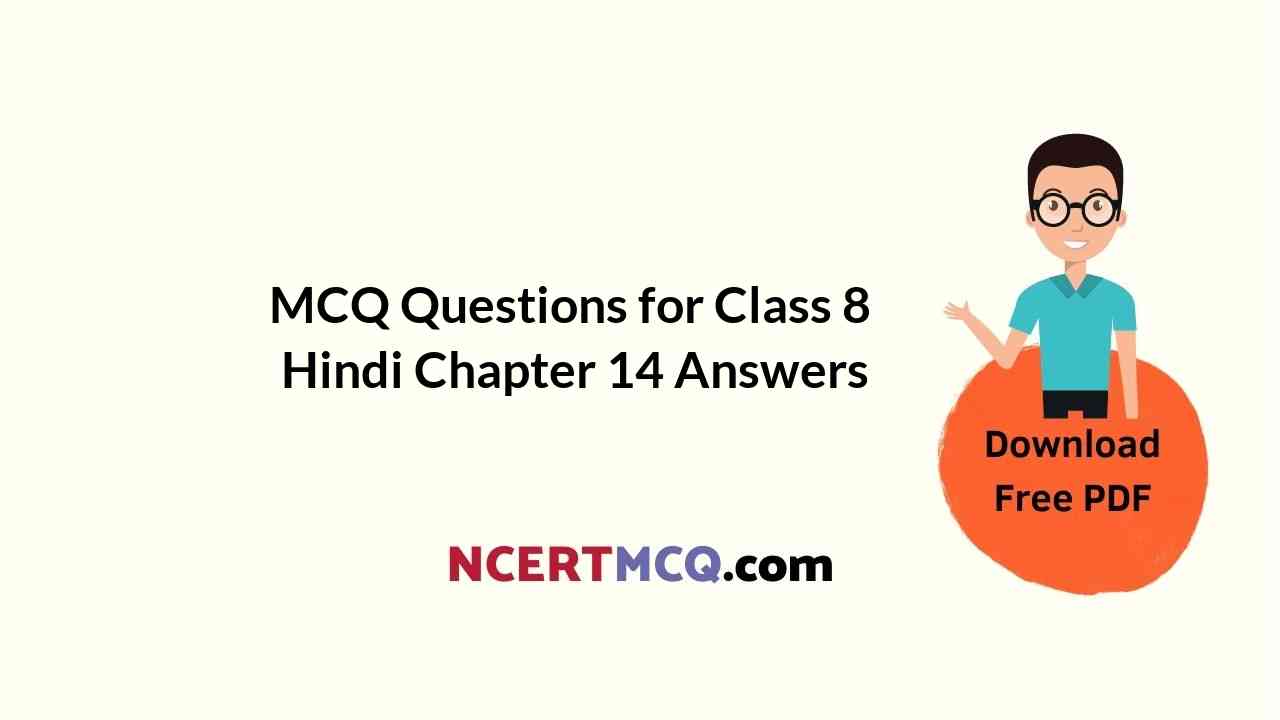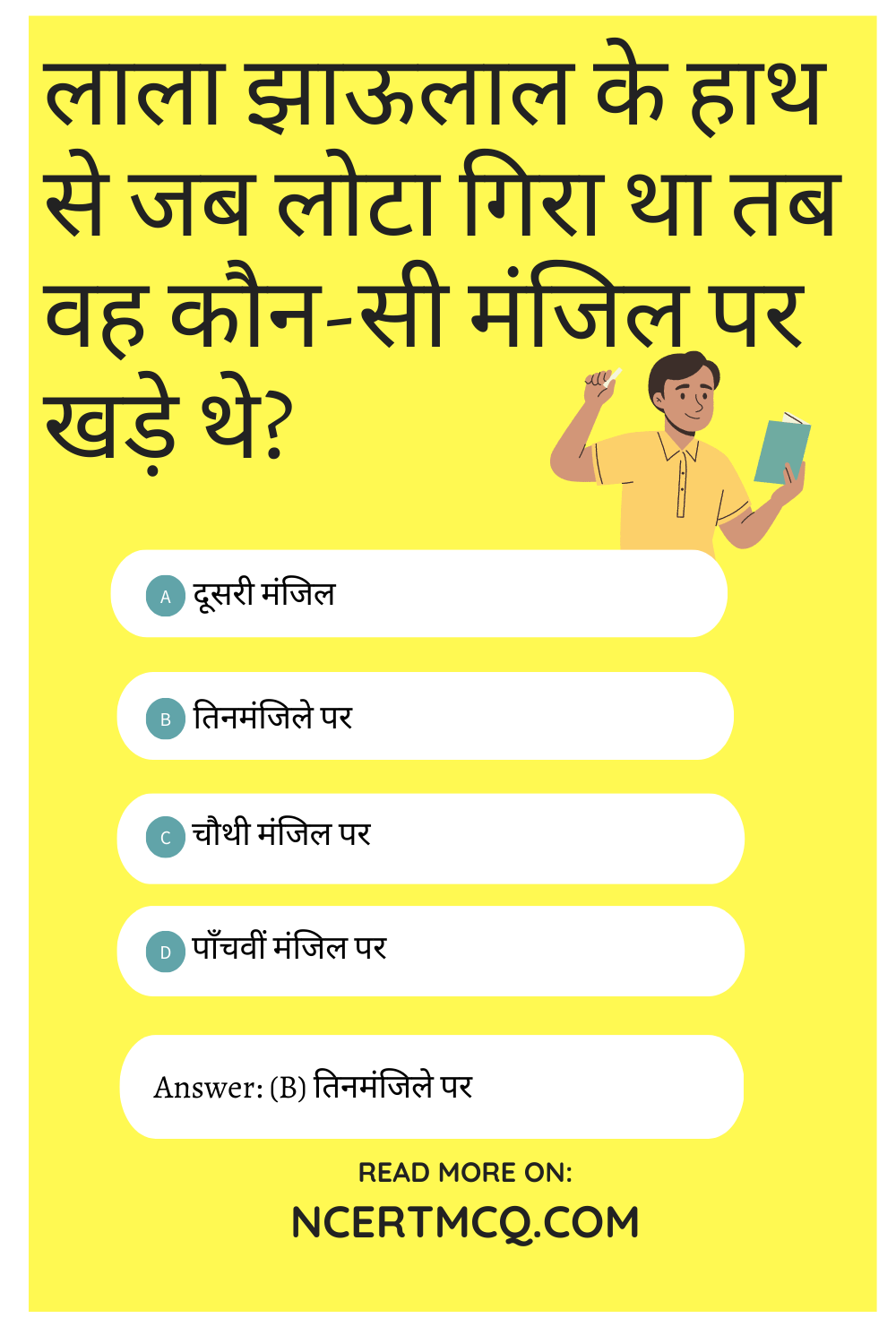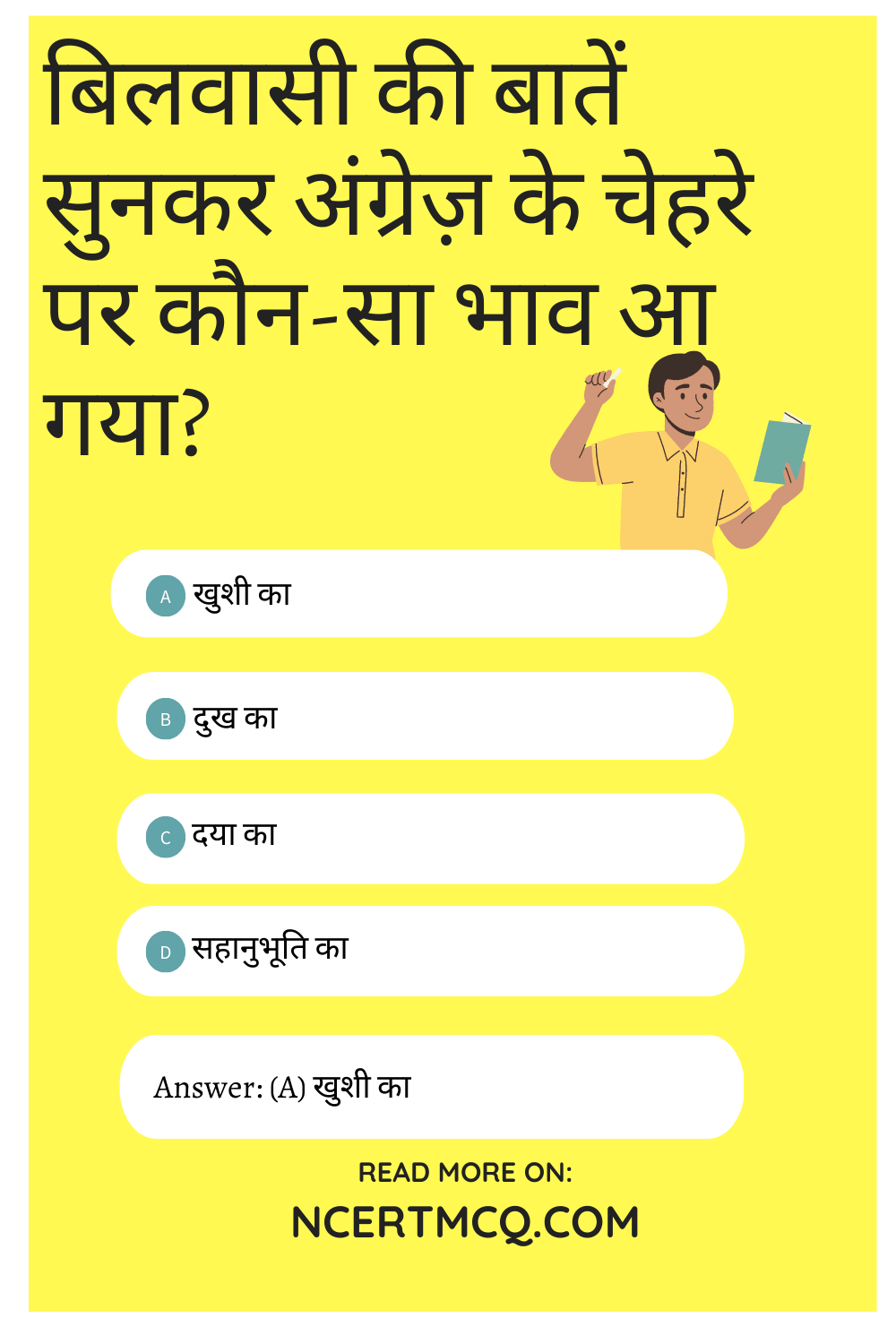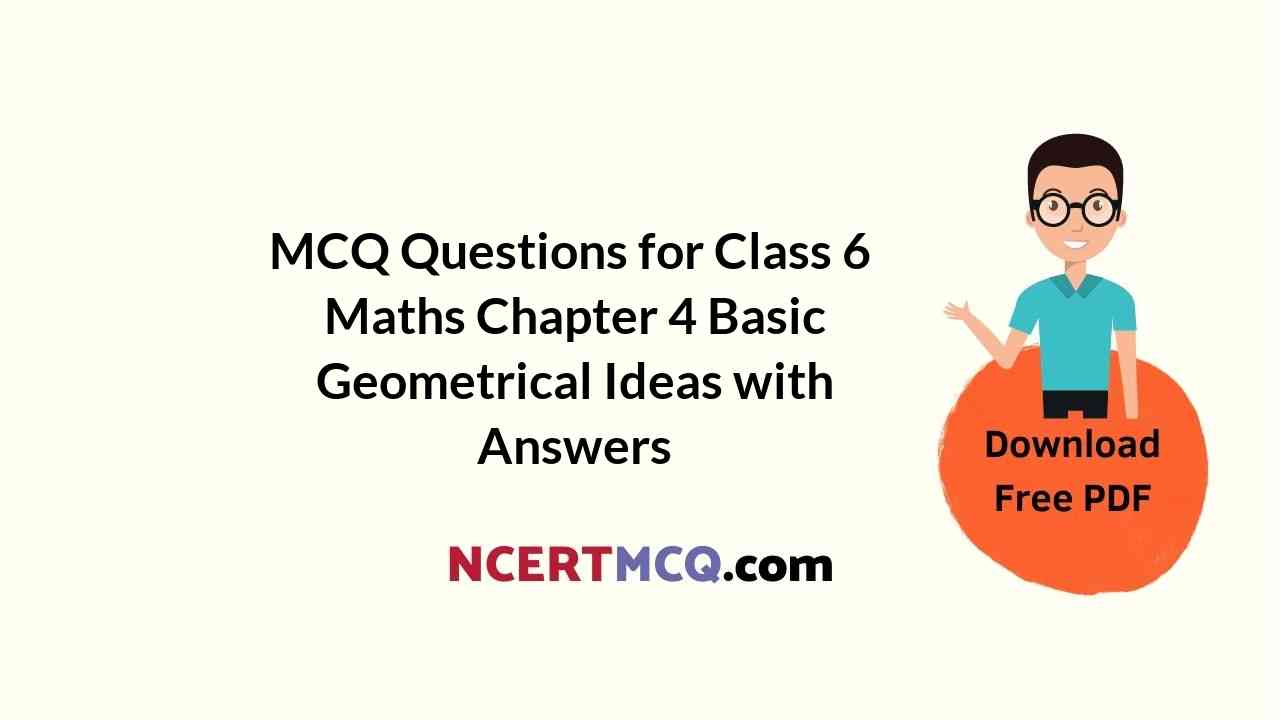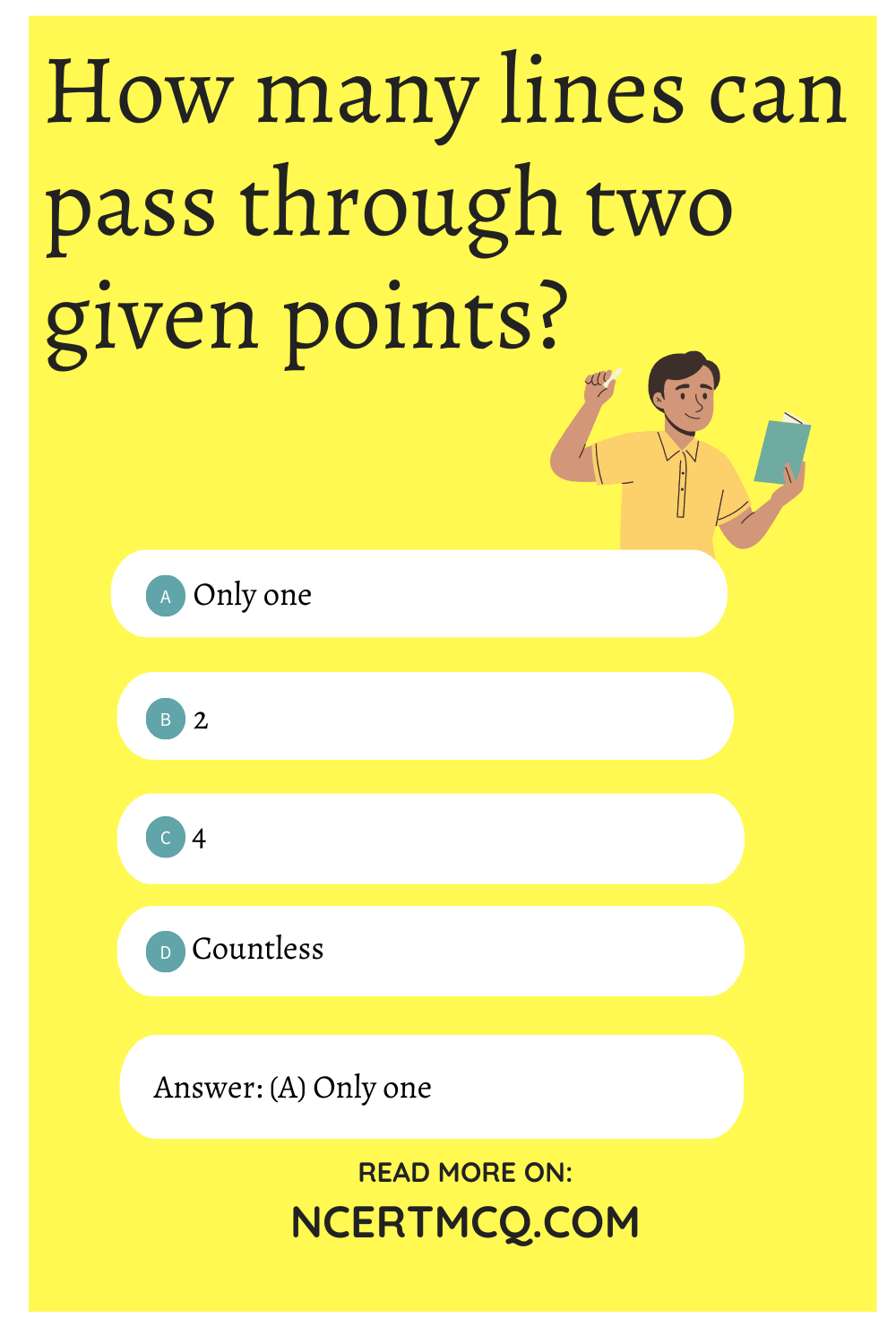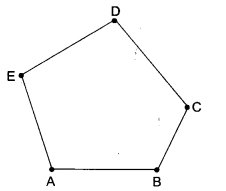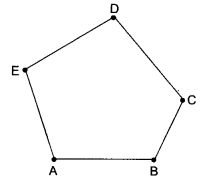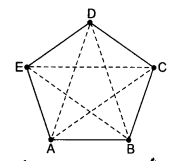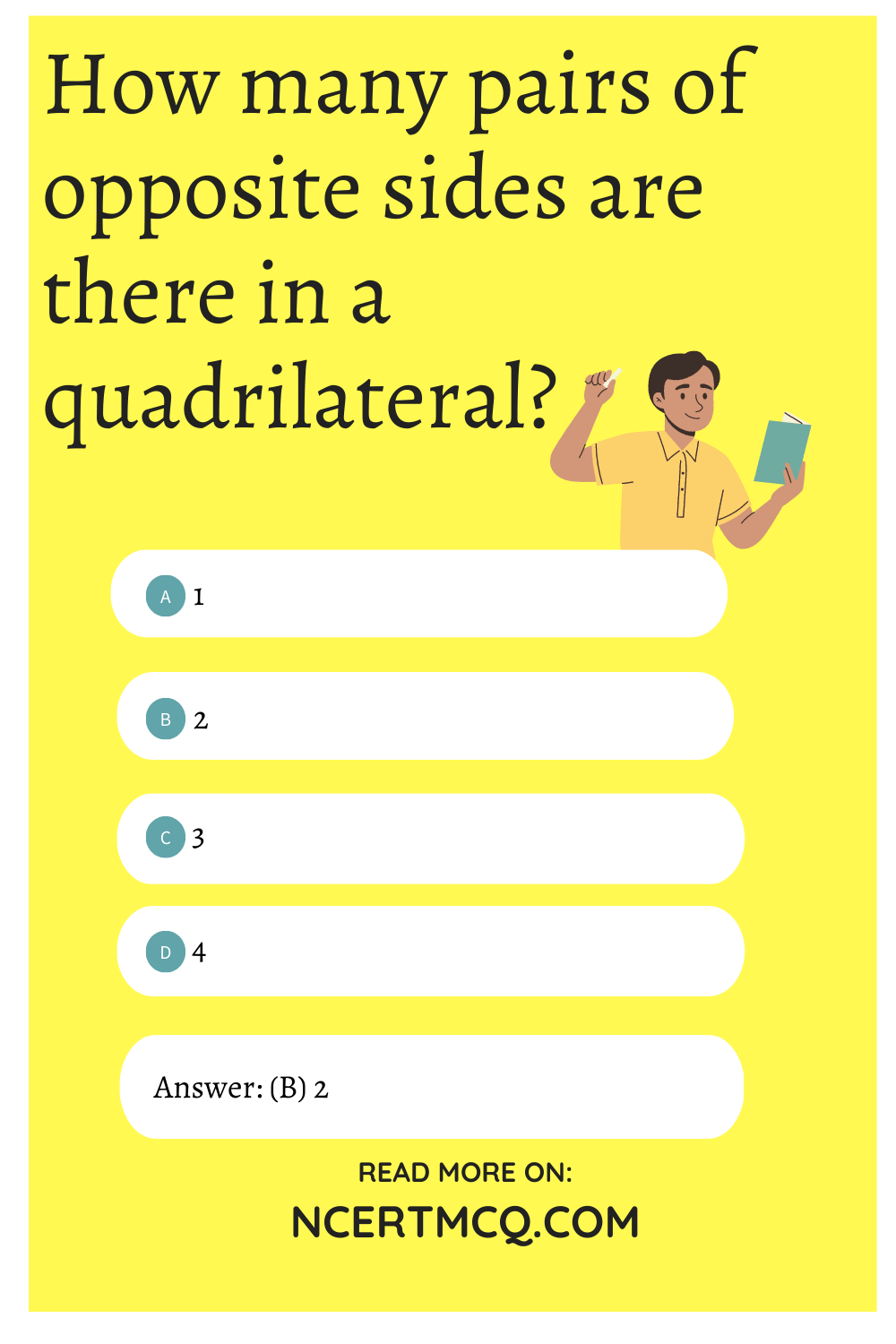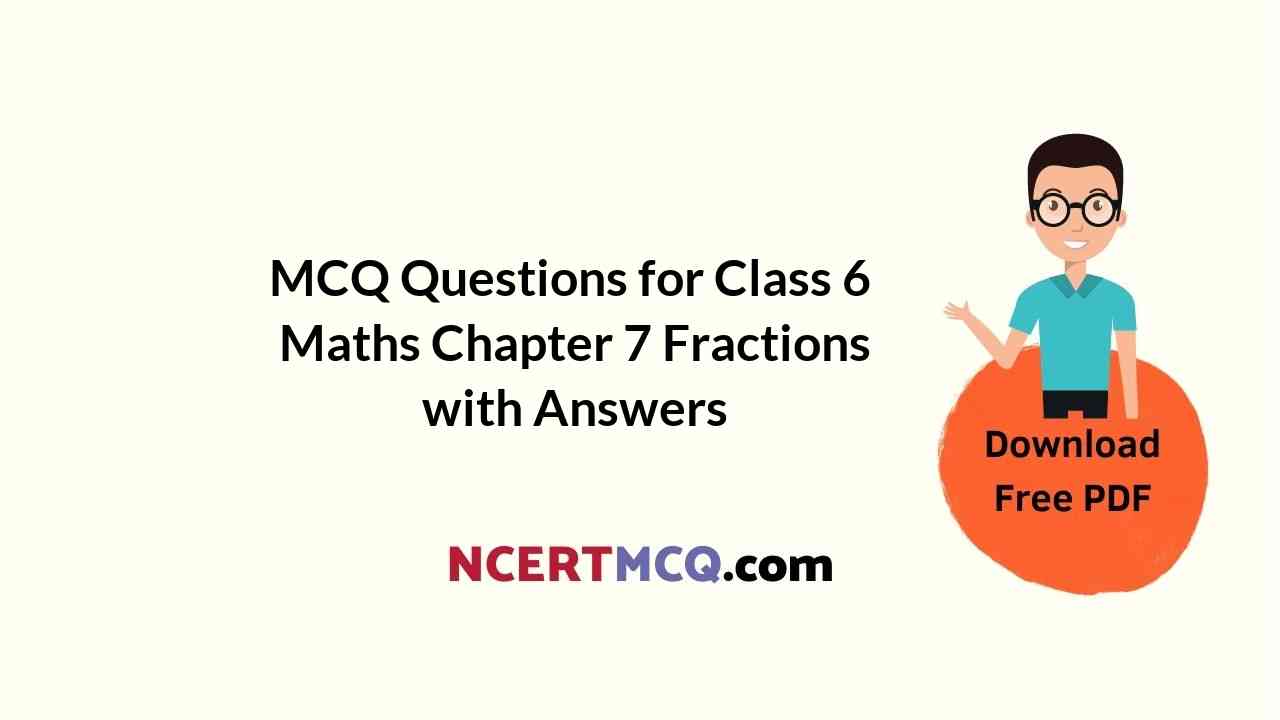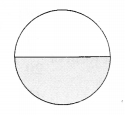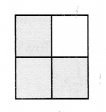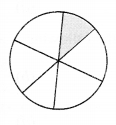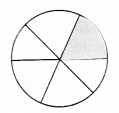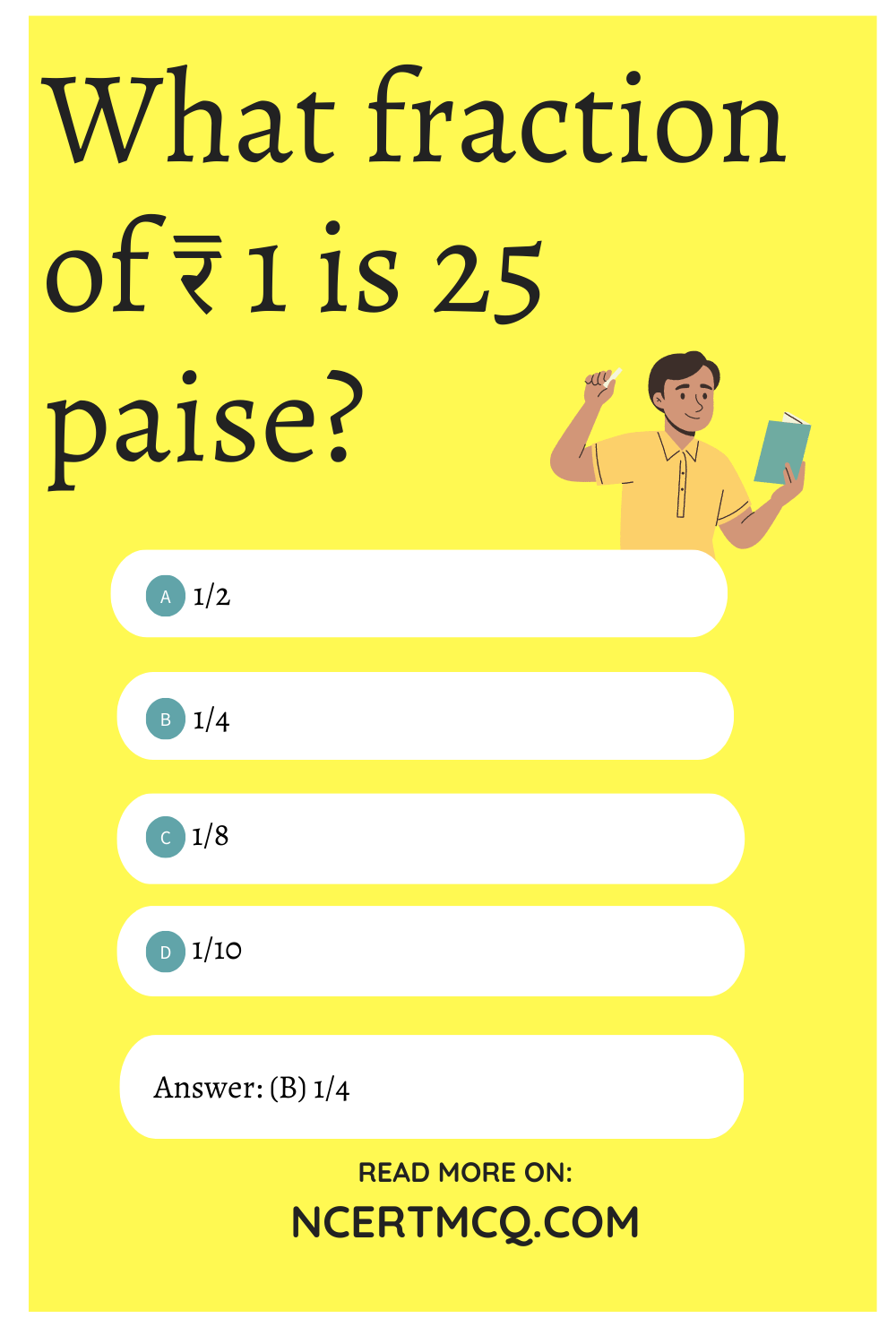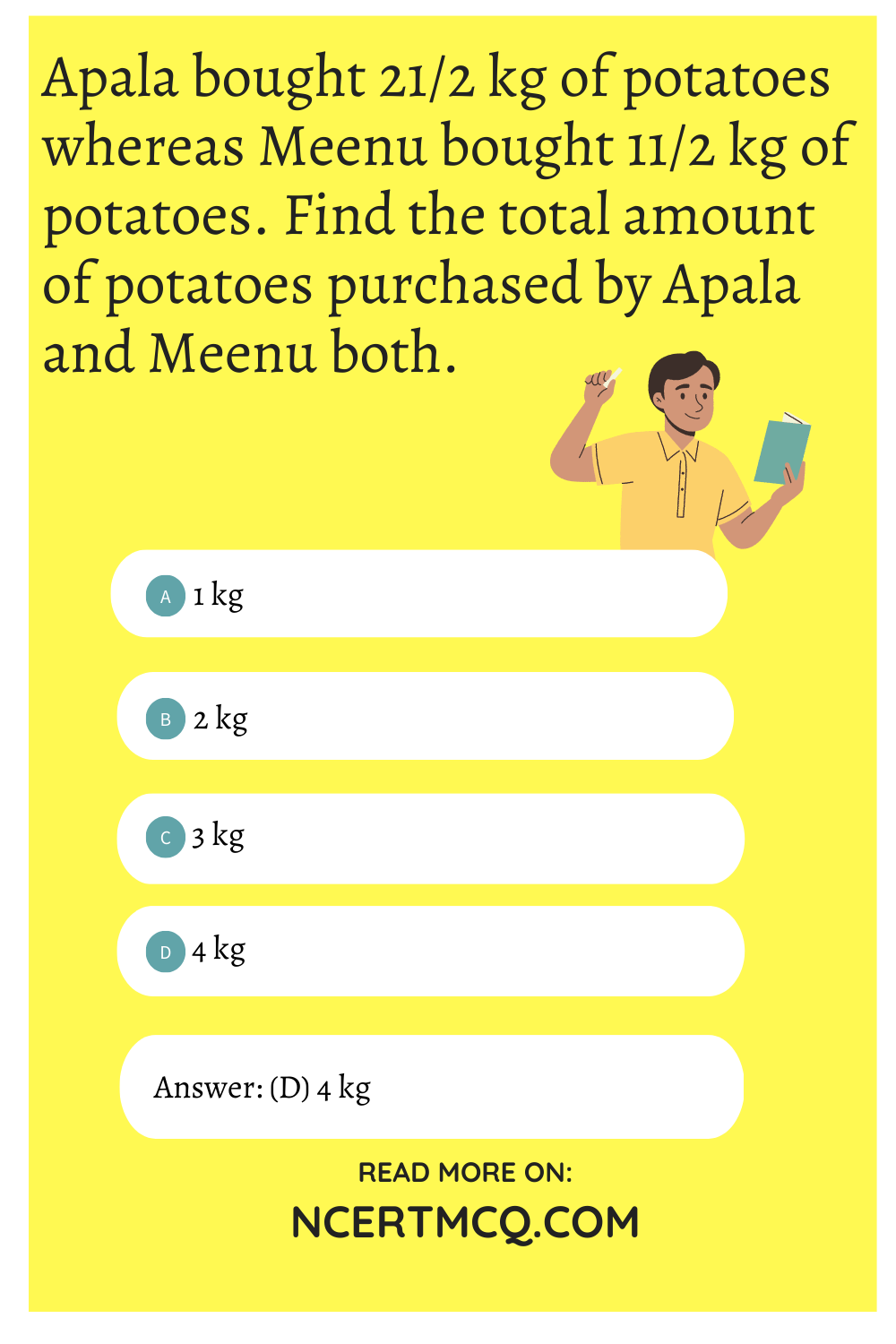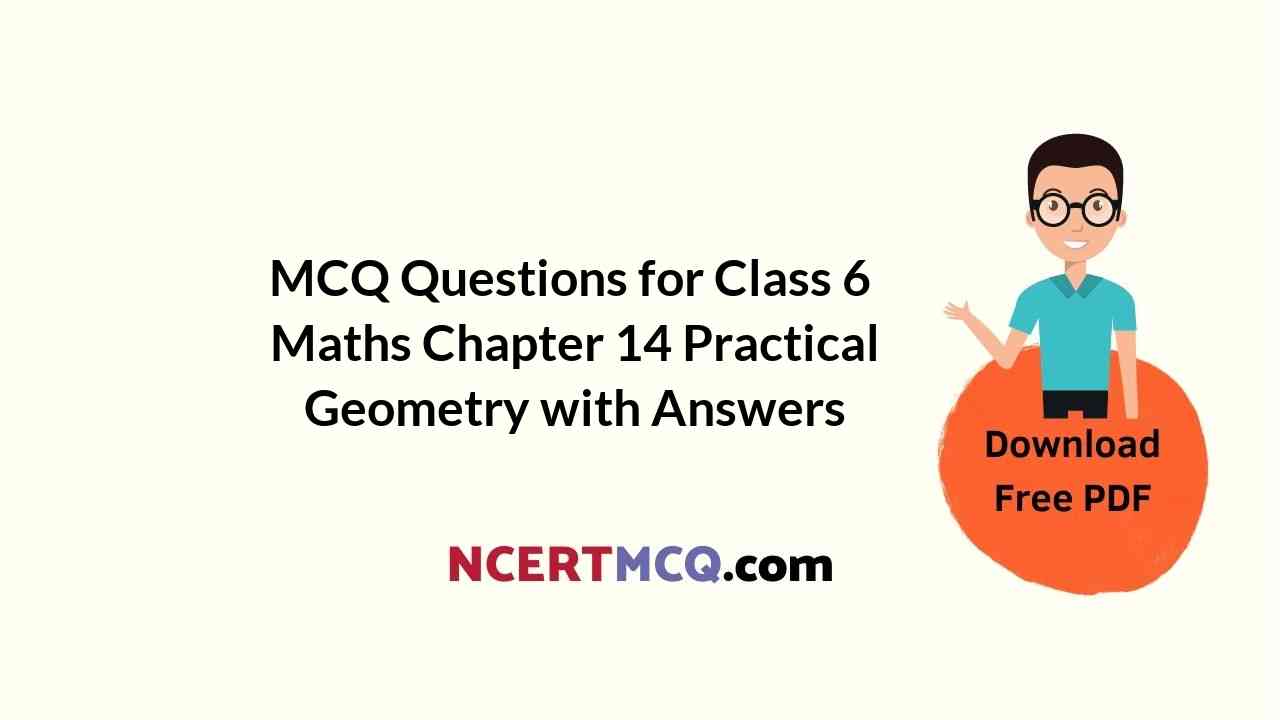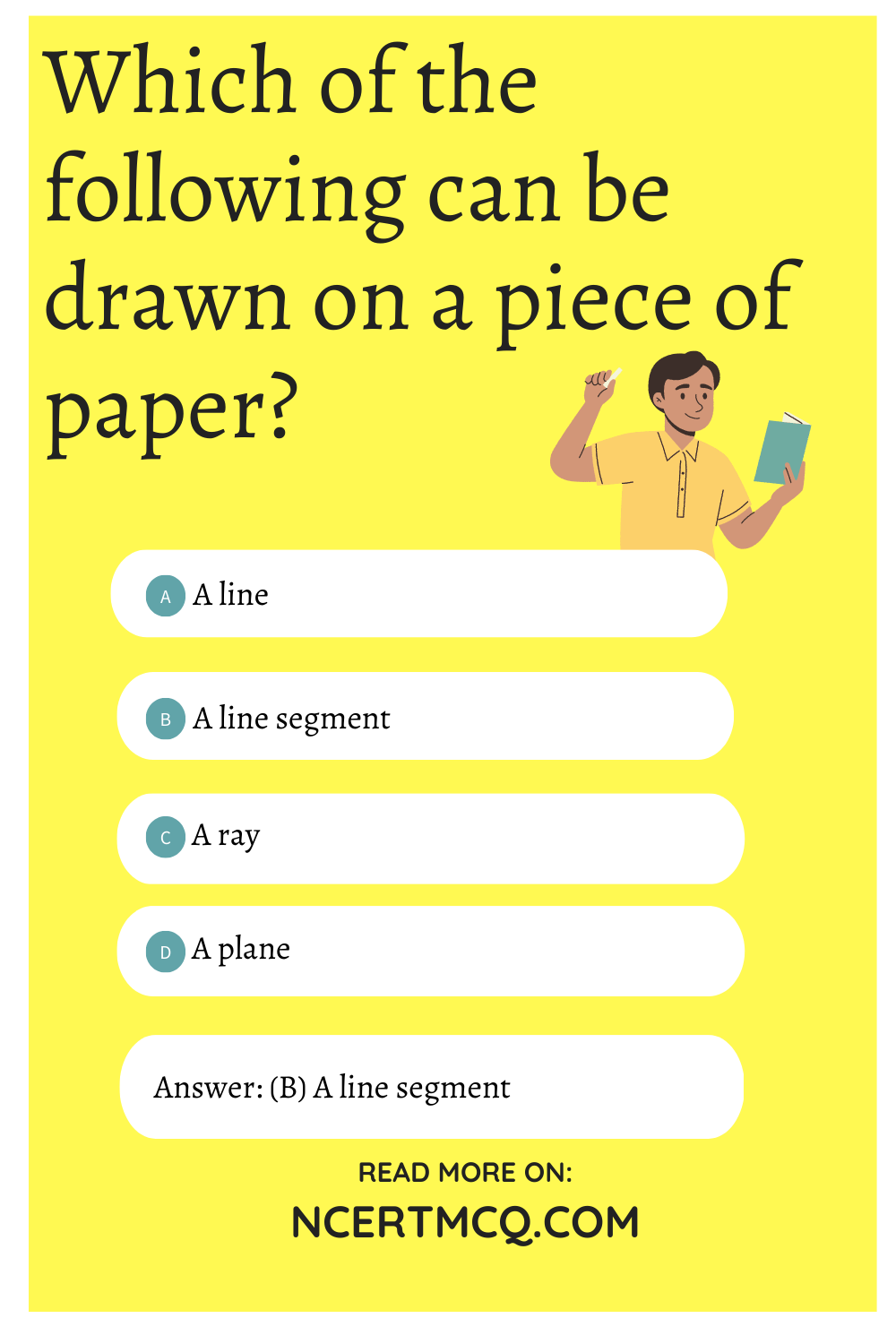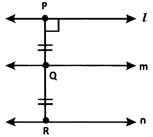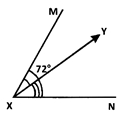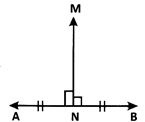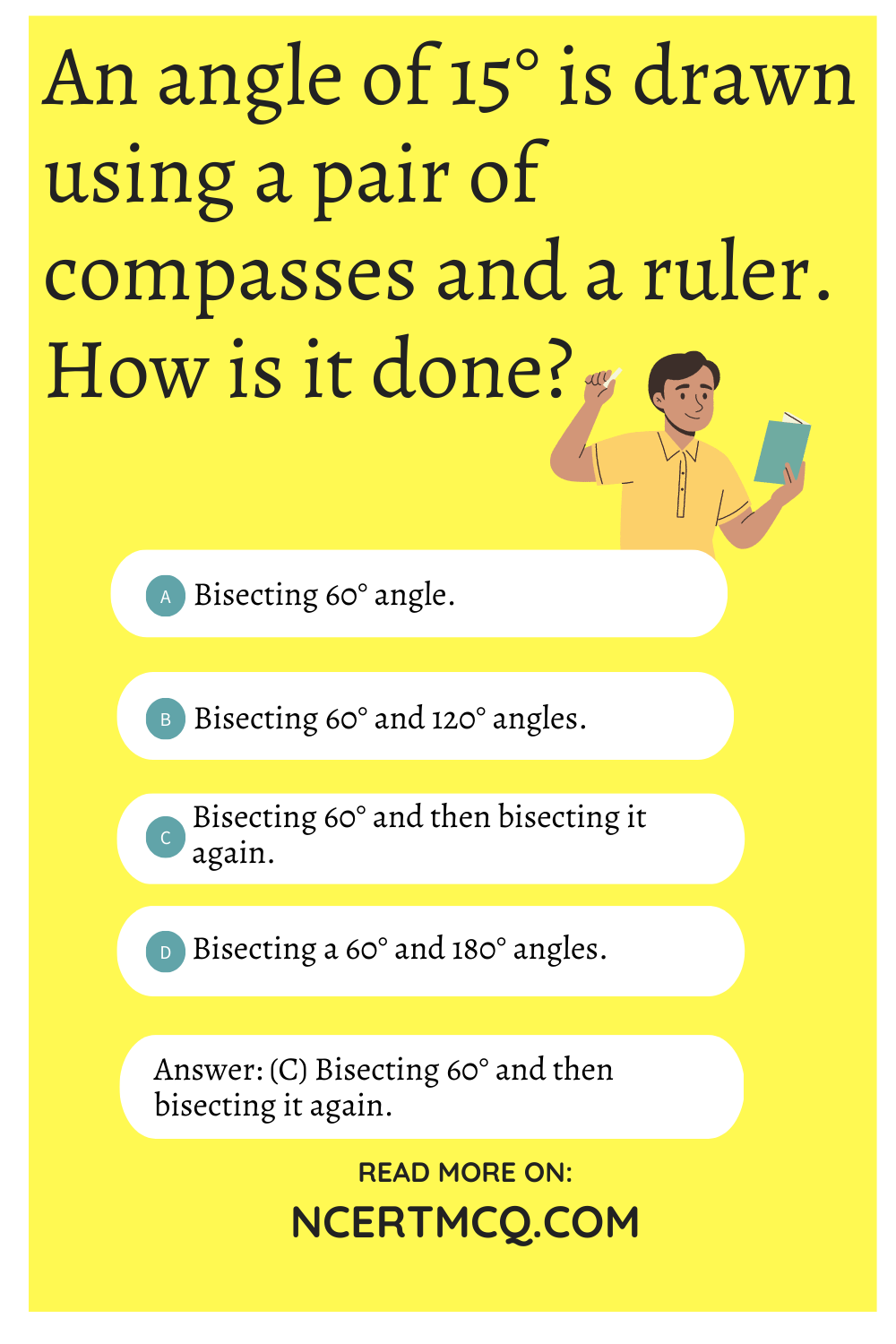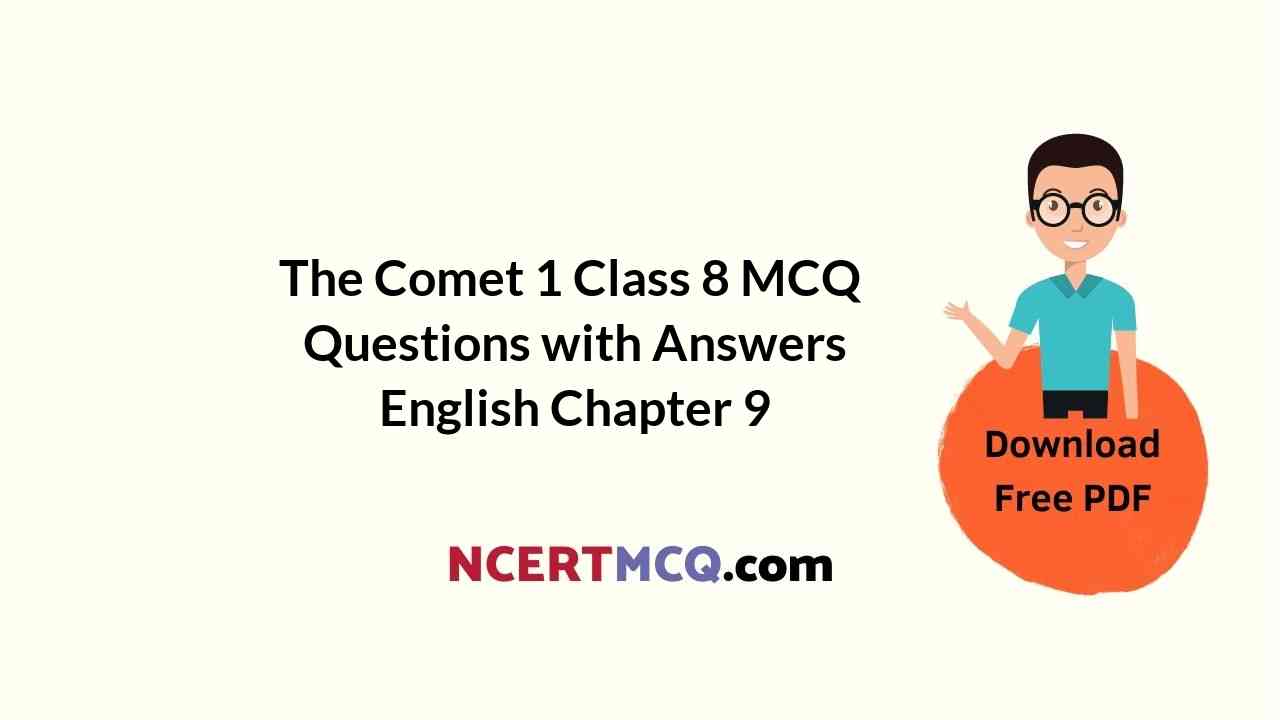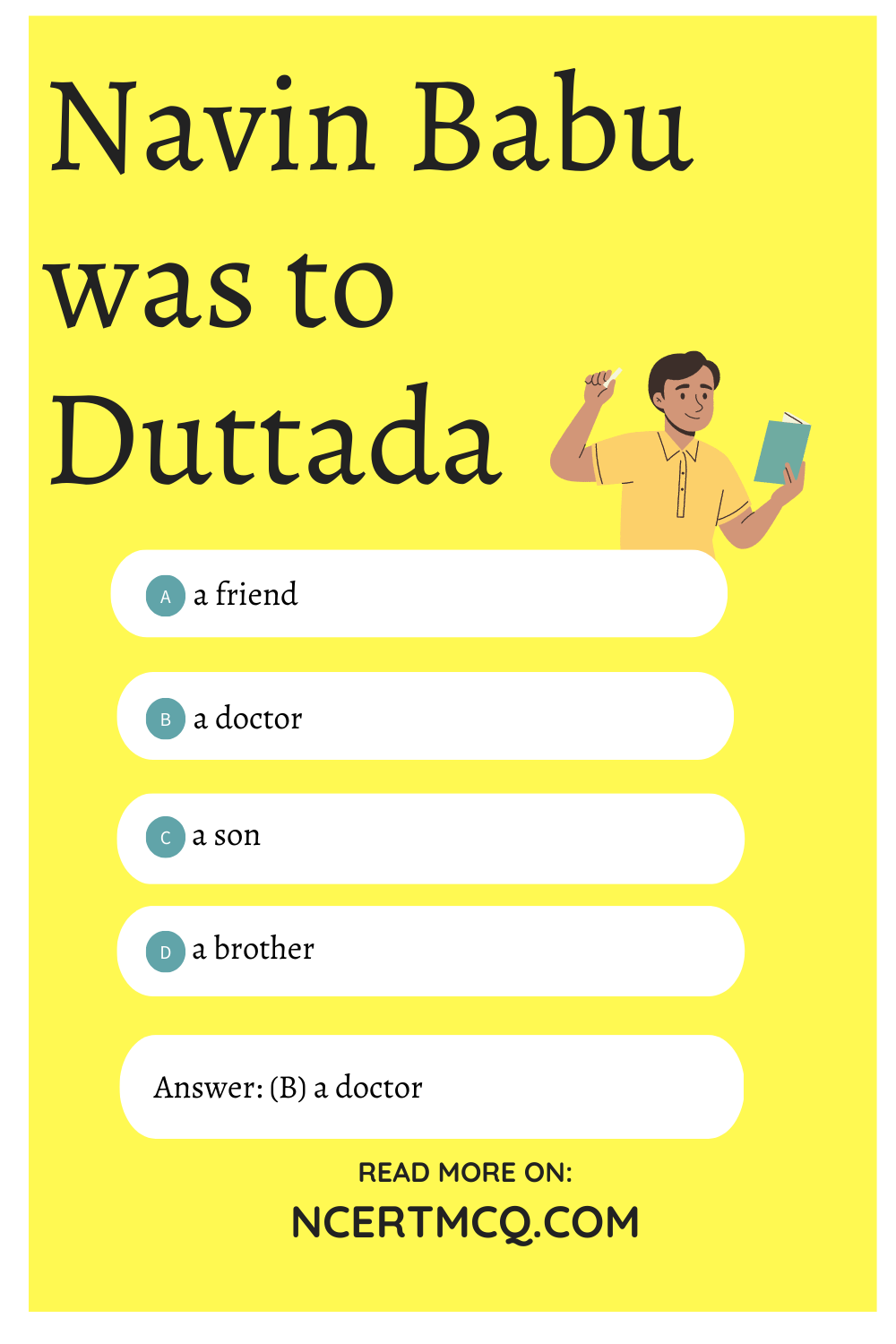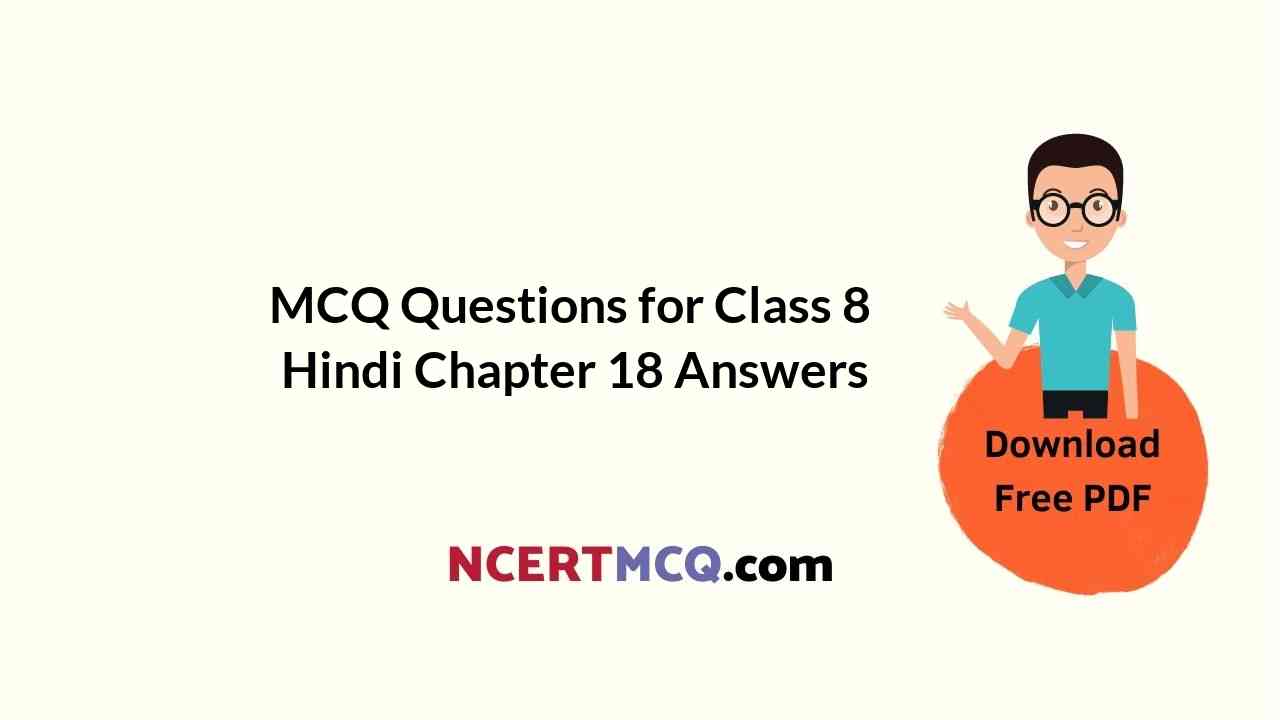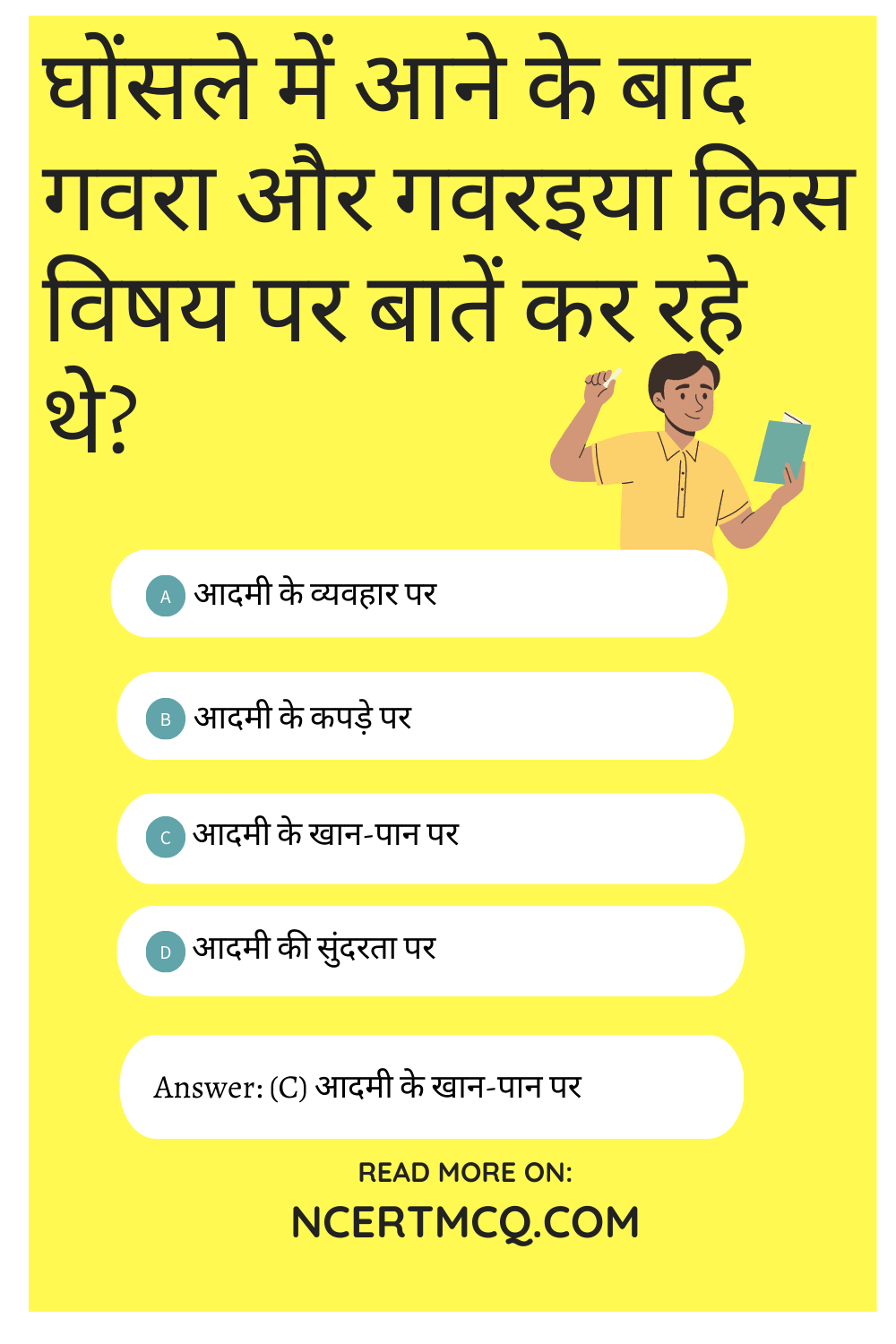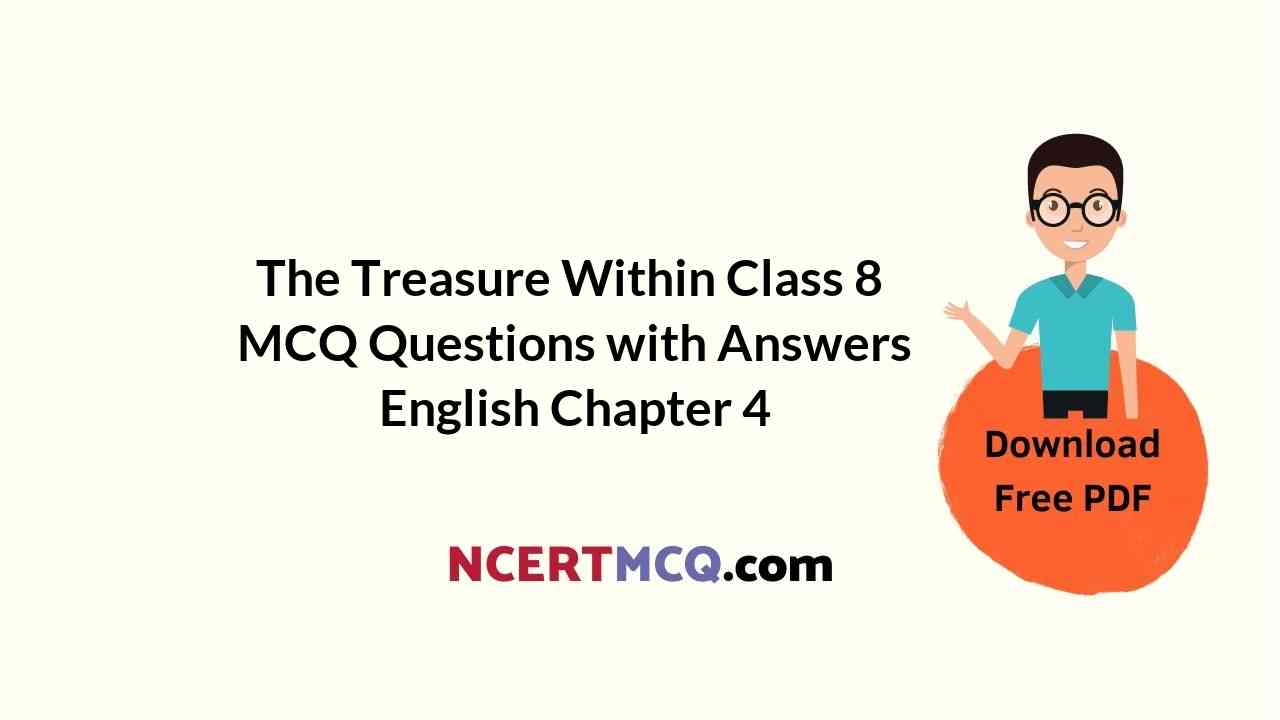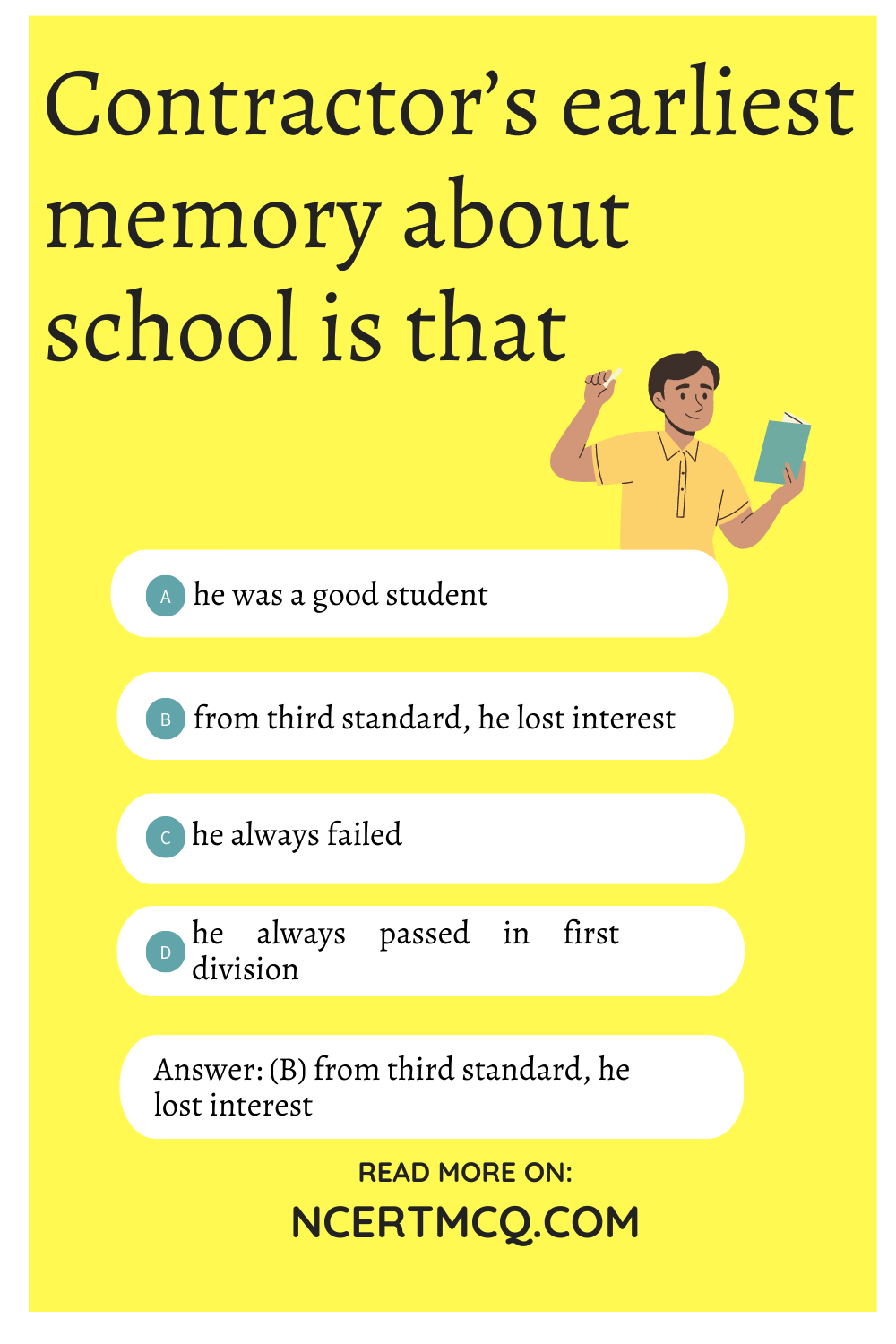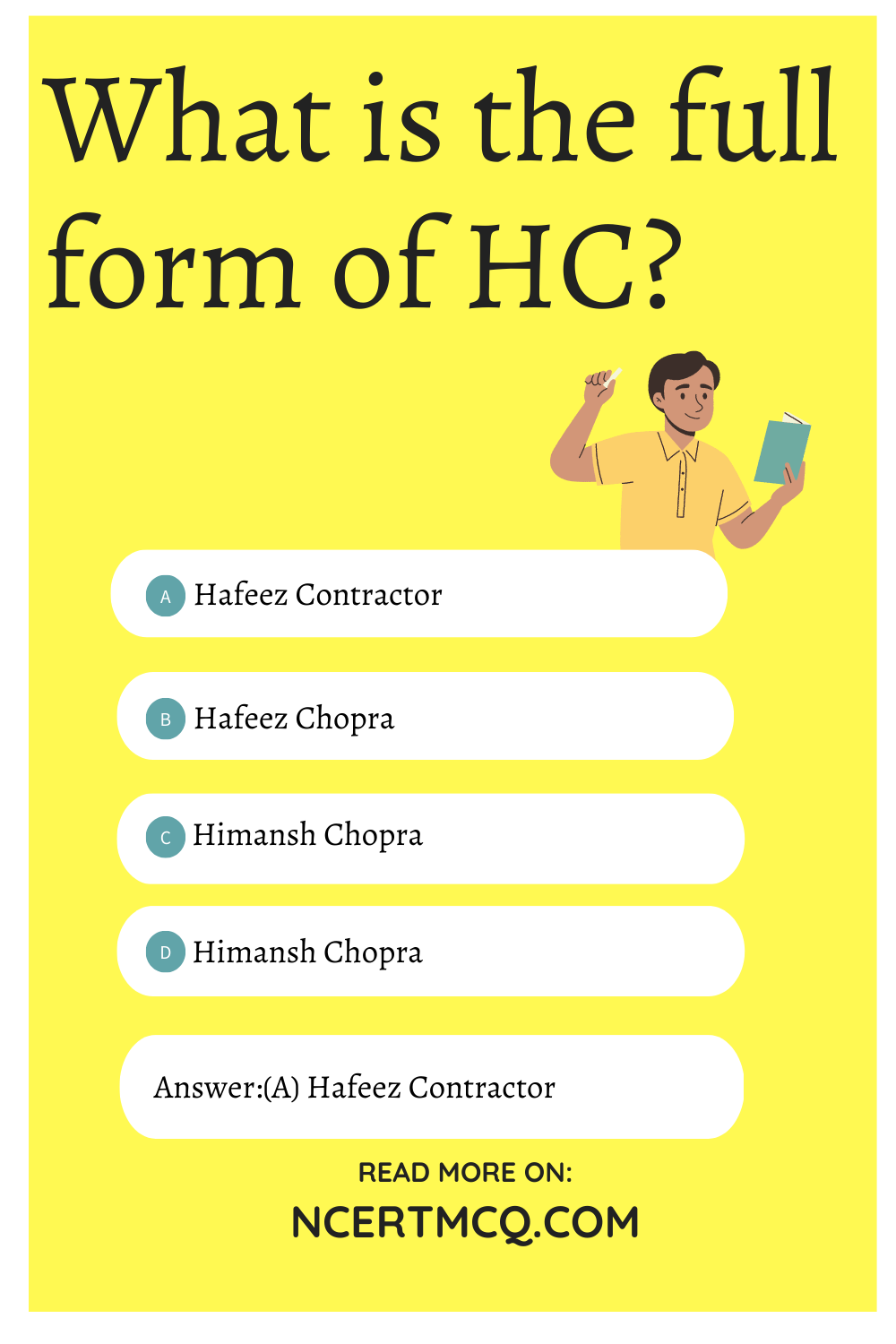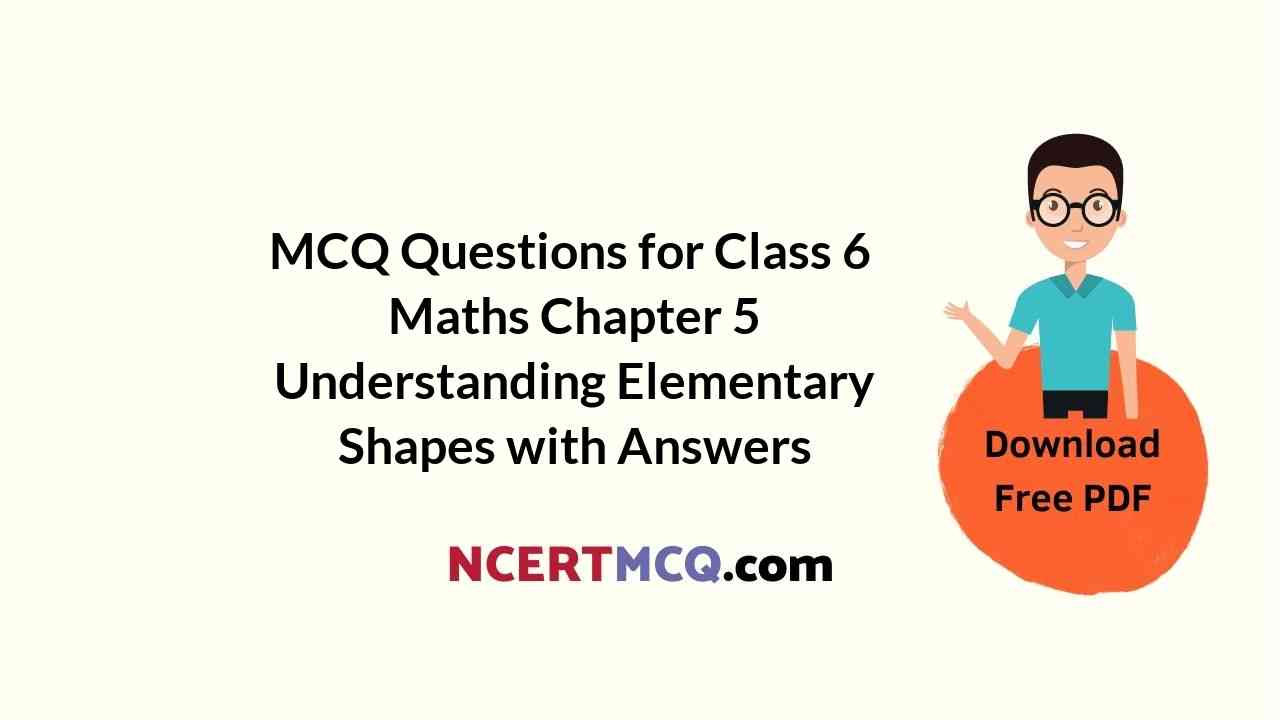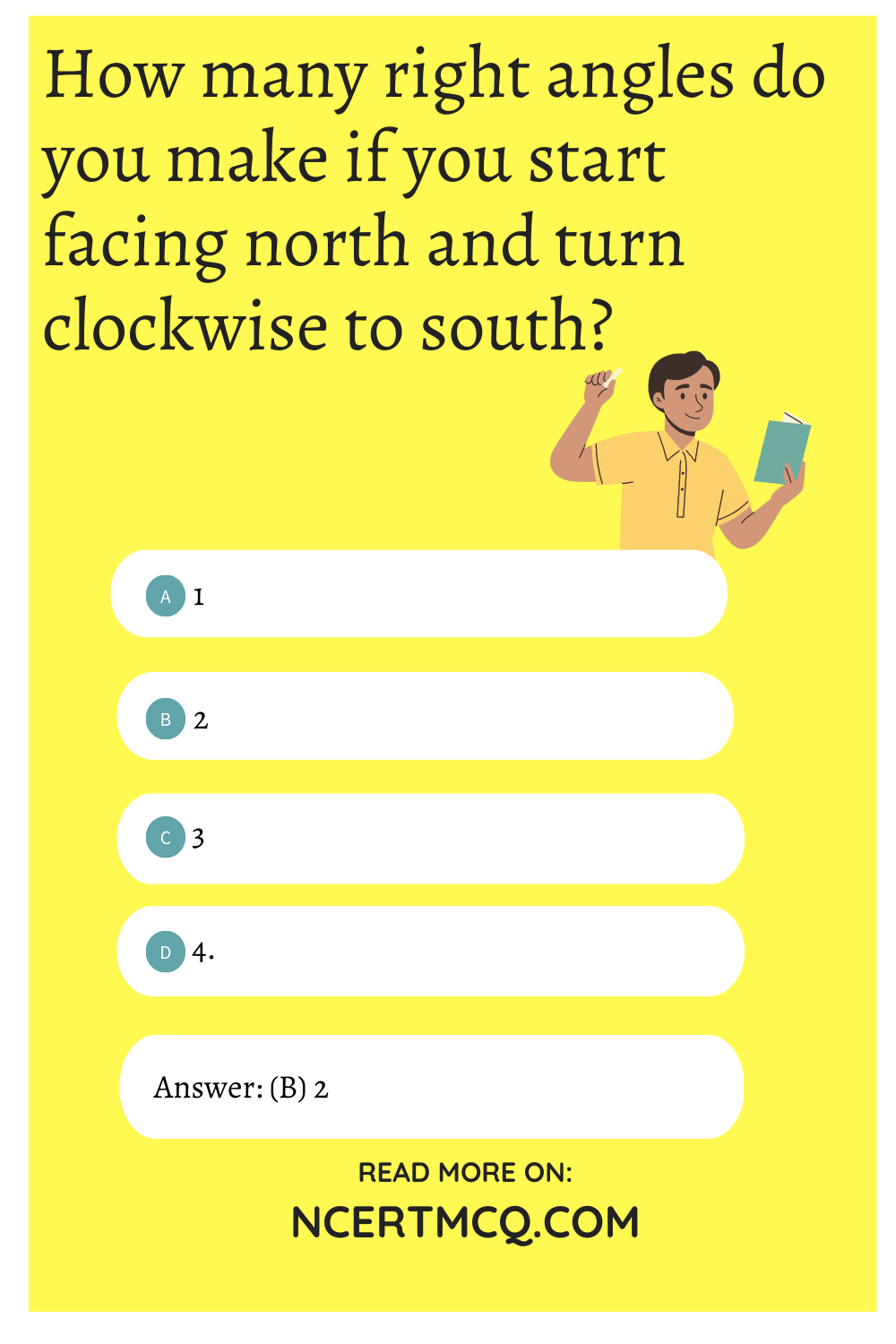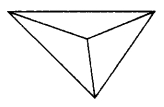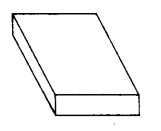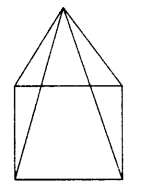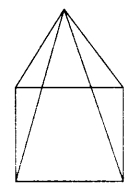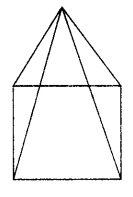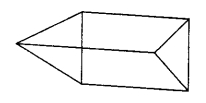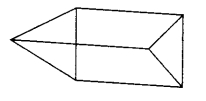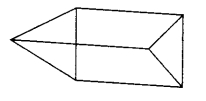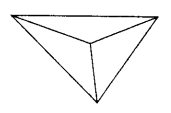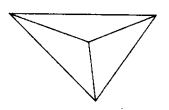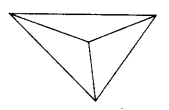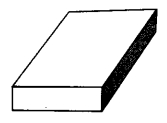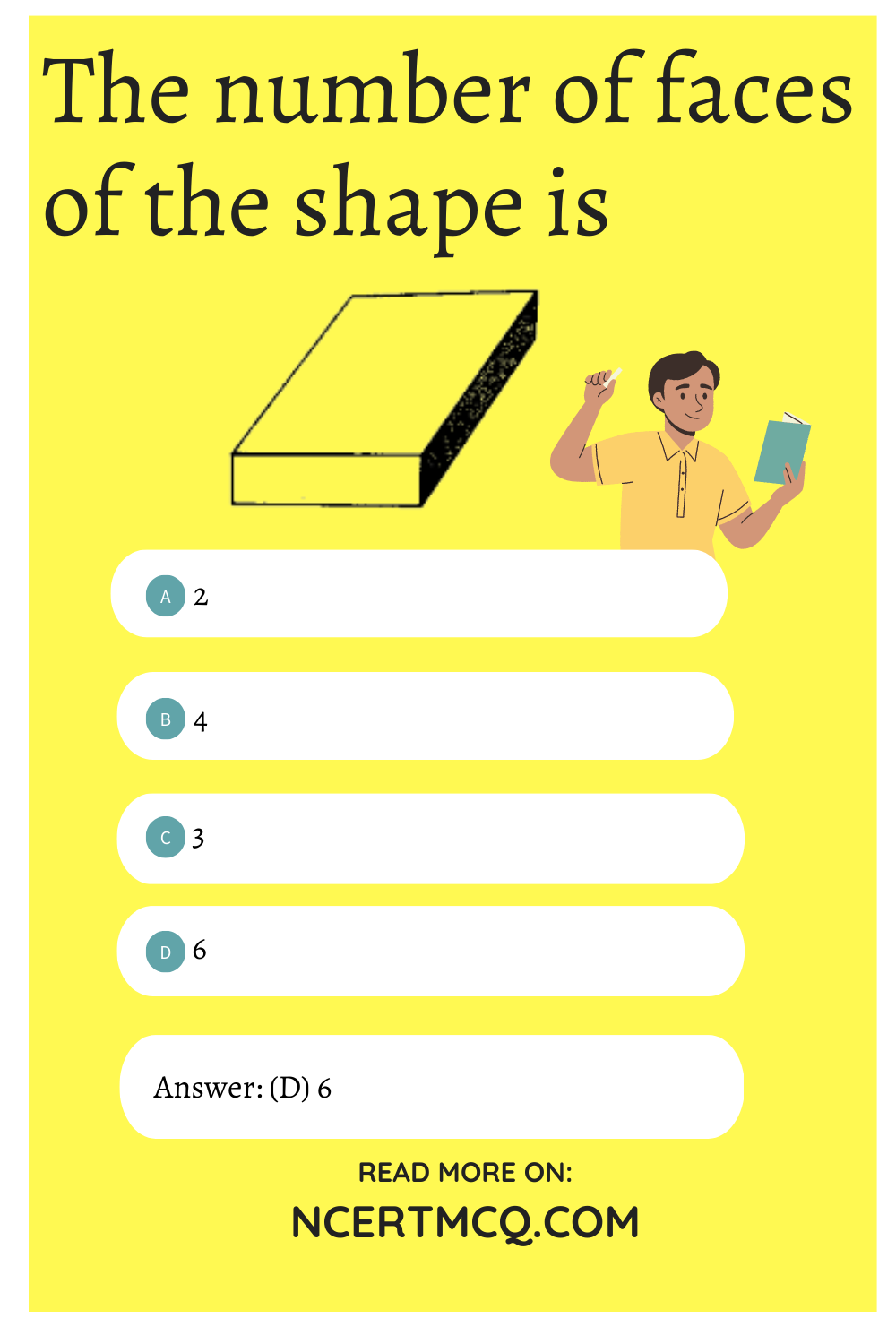Check the below NCERT MCQ Questions for Class 8 English It So Happened Chapter 11 Ancient Education System of India with Answers Pdf free download. MCQ Questions for Class 8 English with Answers were prepared based on the latest exam pattern. We have provided Ancient Education System of India Class 8 English MCQs Questions with Answers to help students understand the concept very well. https://ncertmcq.com/mcq-questions-for-class-8-english-with-answers/
MCQ Questions for Class 8 English It So Happened Chapter 11 Ancient Education System of India with Answers
Education And British Rule Class 8 MCQ Question 1.
What was considered as the highest form of donation back then?
(a) Contribution towards food
(b) Contribution towards education
(c) Contribution towards children
(d) All of the Above
Answer
Answer: (b) Contribution towards education
Ancient Education System Of India Class 8 MCQ Question 2.
When did I-Qing and Xuan Zang visit Nalanda?
(a) 5 Century CE
(b) 12 Century CE
(c) 7 Century CE
(d) None of the Above
Answer
Answer: (a) 5 Century CE
Ancient Education System Of India Class 8 Question 3.
What did teachers have autonomy for?
(a) Selecting students
(b) Designing their syllabi
(c) Concluding the course
(d) All of the Above
Answer
Answer: (d) All of the Above
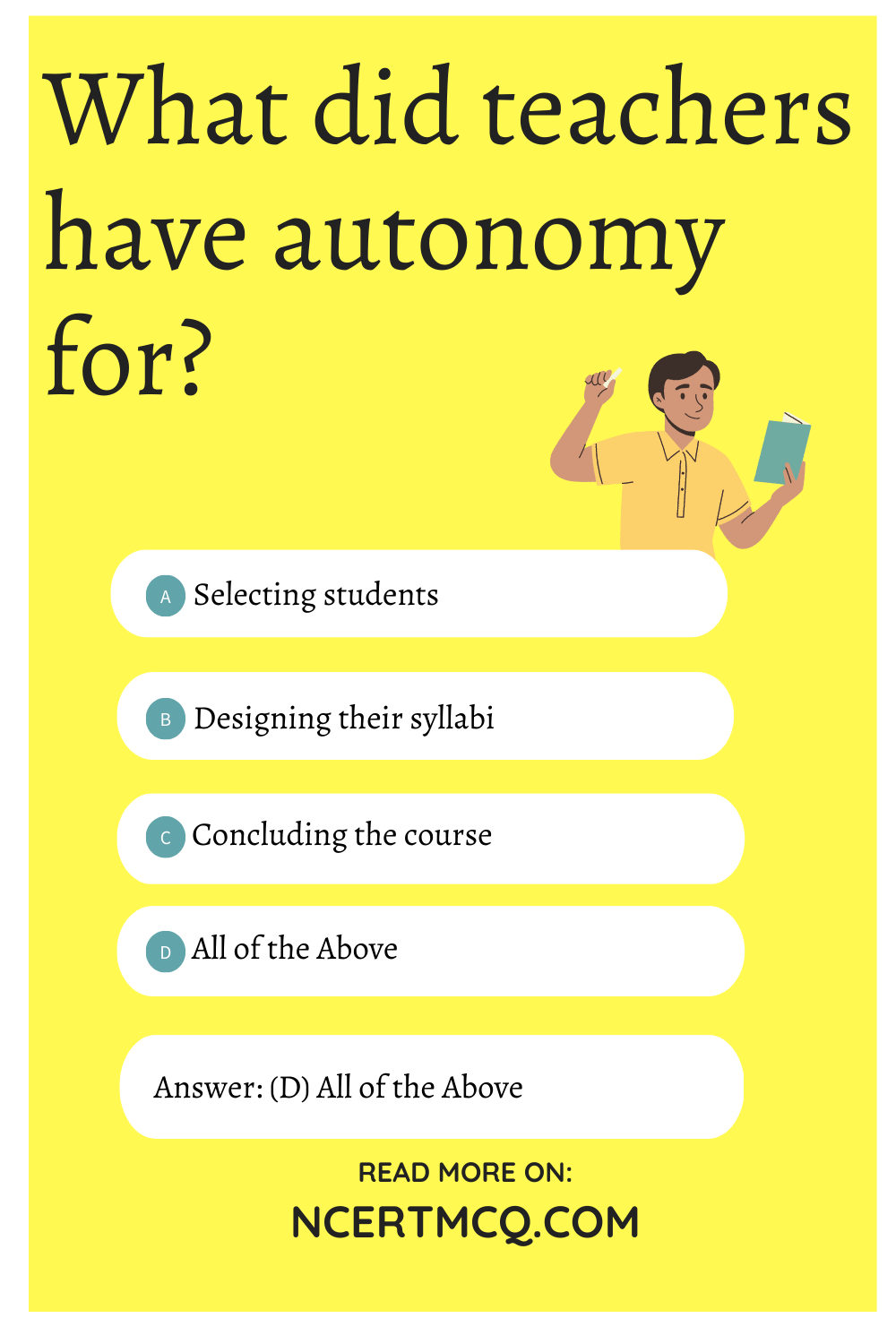
MCQ On Indian Education System Question 4.
What is the other name of Chanakya?
(a) Panini
(b) Magadh
(c) Chandragupta Maurya
(d) Kautilya
Answer
Answer: (d) Kautilya
Ancient Education System Of India MCQ Question 5.
Takshashila included religious teachings of___________.
(a) Hinduism
(b) Buddhism
(c) Christianity
(d) Islam
Answer
Answer: (b) Buddhism
Education In India Was In Which Language Class 8 Question 6.
Where did monks and nuns learn?
(a) Temples
(b) Viharas
(c) Gurukuls
(d) Tols
Answer
Answer: (b) Viharas
Ancient Education System In India MCQ Question 7.
How long did children stay away for their homes?
(a) For each standard
(b) For a year
(c) For a decade
(d) Till they achieved their goals
Answer
Answer: (d) Till they achieved their goals
Question 8.
Maitreyi, Viswambhara, Apala, Gargi and Lopamudra have been called _____.
(a) Queens
(b) Woman scholars
(c) Teachers
(d) Sisters of scholars
Answer
Answer: (b) Woman scholars
Question 9.
How did students memorise what was taught in class?
(a) By writing
(b) By meditating
(c) By revising
(d) By playing
Answer
Answer: (b) By meditating
Question 10.
“_____ were the residential places of learning”
(a) Temples
(b) Gurukul
(c) Tols
(d) Viharas
Answer
Answer: (b) Gurukul
Question 11.
Besides their teachers, who helped the younger students?
(a) Advanced students
(b) Parents
(c) Society
(d) King
Answer
Answer: (a) Advanced students
Question 12.
What was taught in the name of Physical education?
(a) Krida
(b) Vyayamaprakara
(c) Yogasadhana
(d) All of the Above
Answer
Answer: (d) All of the Above
Question 13.
The education system emphasised on ______.
(a) Healthy mind
(b) Healthy body
(c) Both a and c
(d) None of the above
Answer
Answer: (c) Both a and c
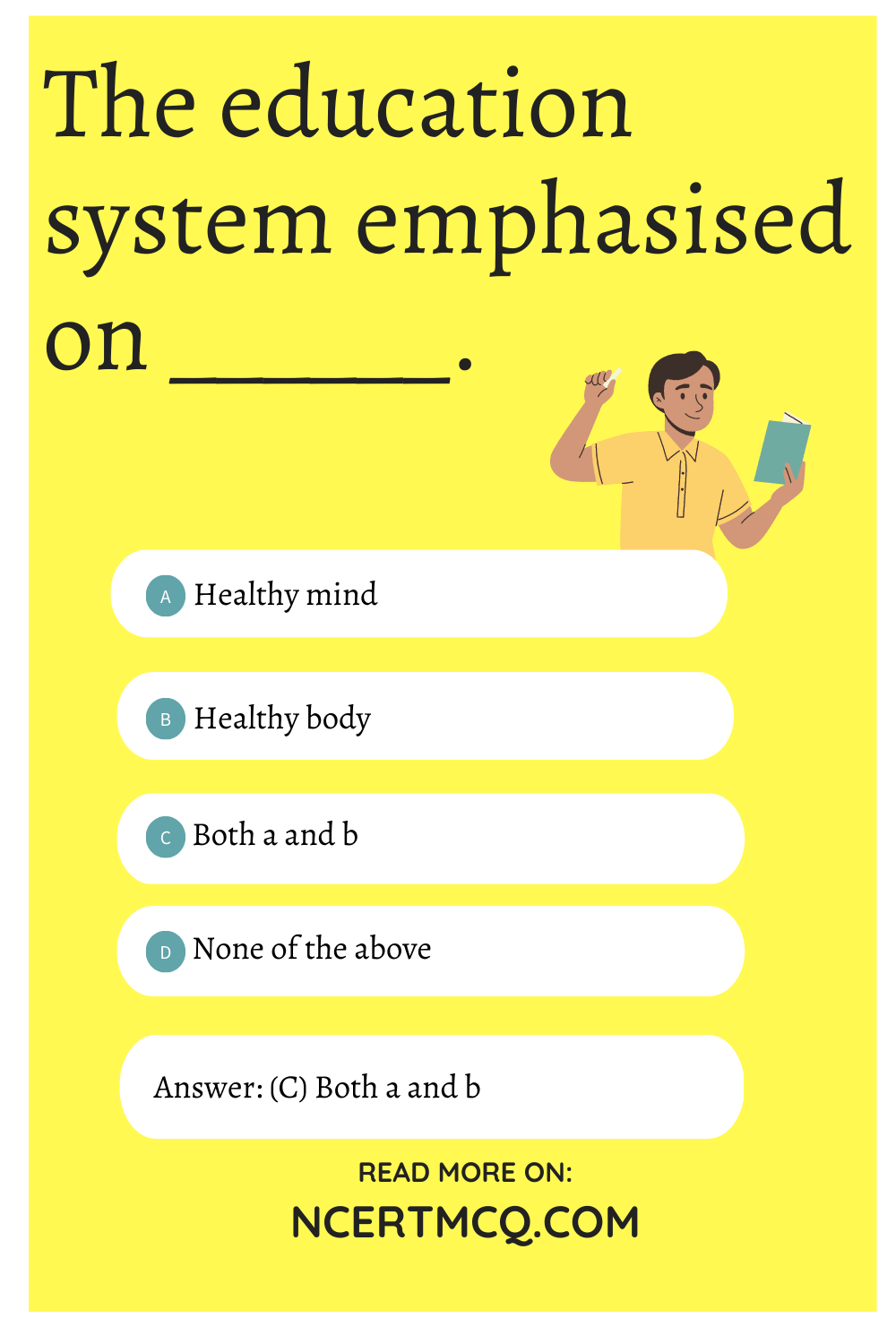
Question 14.
Which balance were students taught to appreciate?
(a) Balance between animals and plants
(b) Balance between universe and the world
(c) Balance between education and personal life
(d) Balance between nature and human beings
Answer
Answer: (d) Balance between nature and human beings
Question 15.
“To them, India was a land of _____”
(a) Wealth
(b) Abundance
(c) Greenery
(d) Wonder
Answer
Answer: (d) Wonder
We hope the given NCERT MCQ Questions for Class 8 English It So Happened Chapter 11 Ancient Education System of India with Answers Pdf free download will help you. If you have any queries regarding CBSE Class 8 English Ancient Education System of India MCQs Multiple Choice Questions with Answers, drop a comment below and we will get back to you soon.
